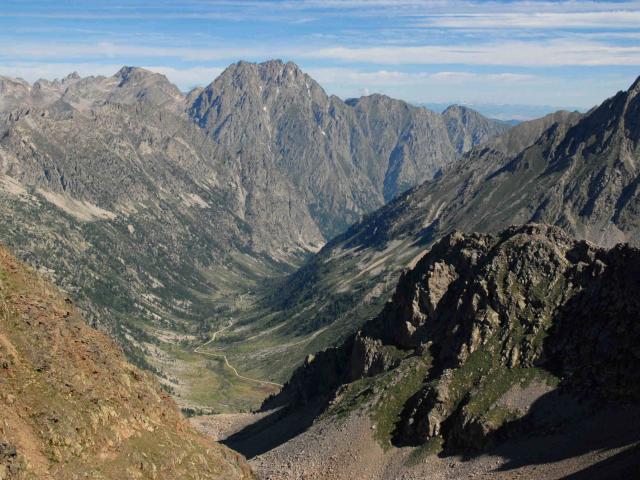Breathtaking views from Mont Mounier
Venture out from Valberg for this 6-hour loop at the heart of Mercantour National Park, leading to the unmistakeable summit of Mont Mounier standing amid high limestone ridges. Congratulate yourself when you reach the top – you did it! The knight Victor de Cessole said of this climb “I believe it would be very difficult to find another journey that is so easy in terms of walking yet so impressive in terms of altitude.” The sheer size of the king of this majestic relief never fails to impress. The highest chalky mountain in the Alpes-Maritimes area, Mont Mounier offers one of the finest belvederes over the entire Southern Alps. But don’t take our word for it! A botanist’s paradise, you’ll also come across exceptional flora on your way. A real feast for the senses.
















